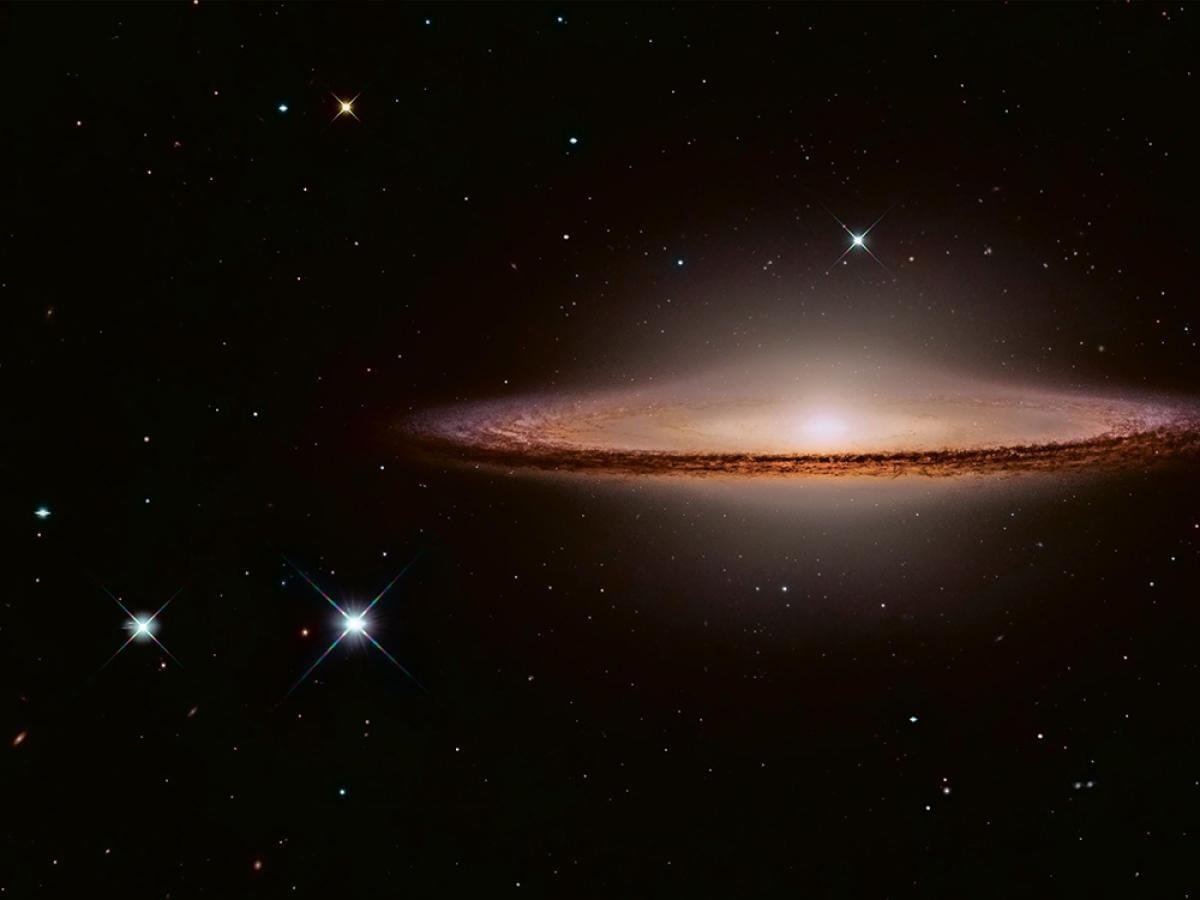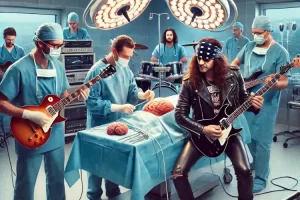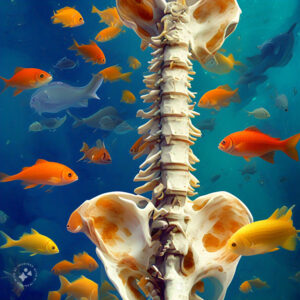The fault in our stars is the fault in our cells

“This is a very unusual-looking tumour you have there in the lower part of your spinal cord,” I told Nilesh as I displayed his MRI scan films against the brightness of the viewing box. He was a high-performing executive in his late forties and wore a conventional white shirt and khadi pants. He came in being supported by his doting wife, walking with a limp that typified spinal cord compression. “I have been in agonizing pain over the past few months and am simply unable to lie down,” he said, clearly struggling, the creases on his face doubling up on each other. “Last few weeks, he’s been sleeping on a chair at night,” his wife interjected in Gujarati.
“Is it cancer?” he asked, worrying about a diagnosis that most patients would be disquieted by. “I can’t be a hundred percent sure, but it doesn’t look like it,” I said, studying the morphology of this growth on half a dozen films. Whenever I peer through each of the MRI sequences longer than usual, I wonder if my patients begin to think that I am as clueless as they are, but I have no qualms in expressing my uncertainty in front of them. “I think this is a dermoid cyst in the spinal cord,” I finally declared, wondering if using technical terms would make any difference to them. “But doesn’t ‘derm’ have something to do with skin?” he asked, confused. A surprisingly intelligent question, I thought.
So, I went on to explain as simply as I could that when an embryo is formed, there is something called the neural tube from which the brain and spinal cord develop. This tube then folds over, leaving intact the outer covering which forms the skin. If, owing to some glitch in the process, that outer covering is also incorporated in the folding, cells from which skin, hair, and teeth grow then get incorporated in that particular organ and we call it dermoid or skin-like. Some patients thrive on technicalities and he was one of them. “So that means they can grow in any organ of the body,” he said, wisely. I nodded, saying we often remove them from the brain as well. “Why do I have so much pain on lying down and relatively much less on walking?” he continued. I explained briefly about spinal fluid dynamics and how its buoyancy is affected, and I realised that my answer was a bit confusing. “I wonder if this is a fault in my stars,” he lamented, looking at the three dazzling gemstones on his hand that were in stark contrast to his subdued pastel outfit.
We went through the perils and perks of surgery in even more detail and fixed a date for a few days later. After she gently escorted her husband out, the wife came back in. “I just want to let you know he’s addicted to heroin for his pain, and I hope it won’t affect the operation in any way,” she said, leaving without waiting for an answer. No wonder he was asking so many questions, I thought to myself, and then, just as quickly, remembered something I had read: Judge people by their mistakes and it’s we who lose almost as much as they do.
Three days later we ‘opened him up’ – a crude phrase we use, I know, but at least we did it with finesse. We sawed the bone covering the spinal cord and opened it up like a French door, to close it once we were done. His dermoid extended across eight segments of the spinal cord starting from a few segments above the tapered lower end of the spine called the conus (cone like). All the nerve roots that come off the tip and provide function to the legs were ensconced by the dermoid. When not afflicted by a tumour, this region (called the cauda equina) resembles a horse’s tail, more specifically, that of a white stallion, with a bunch of glistening nerve roots bearing resemblance to the rump of this gorgeous hoofed mammal. And even though I wasn’t an accomplished equestrian, we had to preserve the tail.
We opened the dura, the layer covering the spinal cord and nerve roots, and the dermoid almost leaped into the interstice. I cut into it to find it was filled with sebaceous putty material (the kind that our sweat glands secrete), some hair follicles, and dead skin. We also found a tooth in it. There were some fat cells and crystals of cholesterol refracting radiance. I felt like a little child looking through a kaleidoscope. It is spectacular how grungy looking remnants of skin, hair, and teeth lodge themselves between pristine nervous tissue, almost akin to the slums of Mumbai encroaching amidst fancy high-rises. After emptying the dermoid of all its contents, I adroitly peeled off its capsule from each nerve it had pushed to its edge and removed it completely. The stallion was back in the race. We closed the dura with a fine prolene suture and fixed back the bone of the spinal column with some miniature some plates and screws.
He awoke from surgery howling in pain and no amount of opioids would help calm him down. We waited a few hours hoping that once he was back to his room with family he would feel better, but it seemed like there was no recourse; the yelling only turned more turbulent. His wife took me to a corner. “I have some of his heroin, and if he gets that he’ll be okay!” she advised me, knowing he was clearly in withdrawal. I didn’t say anything but gestured to her with a slow blinking of my eyelids, the kind that allows one to communicate without having to say a word. The beauty of silence, as Richard Rohr points out, is that it frees you from the burden of thinking that your judgement is needed or important.
The next day, coincidentally, I did exactly the same operation on another patient who, strangely, had the same tumour in the same location, and she was okay post-surgery with the regular pain medication we administer. I always wonder how different people perceive pain differently and where the fault lies.
Three months later, he walked in with his wife, his gait having completely recovered. His MRI looked clean. His loving wife had doubled up as his physiotherapist and helped bring the strength back to his legs. He was completely pain-free. “I hope you’ve given up your addiction now that you’re not in pain?” I asked him. “I’ve left heroin thanks to my heroine,” he said in Gujarati, beaming while holding his wife’s hand.





